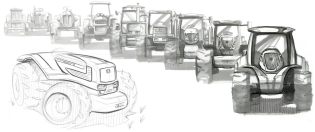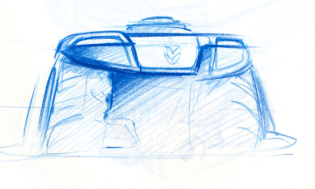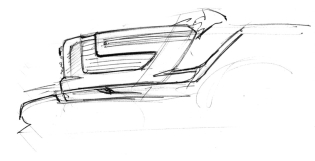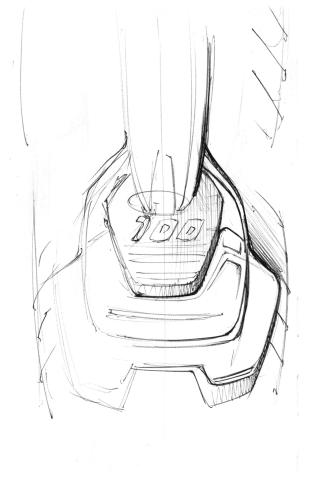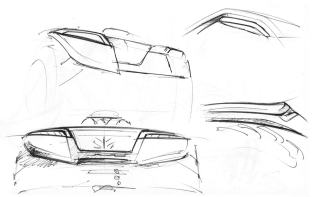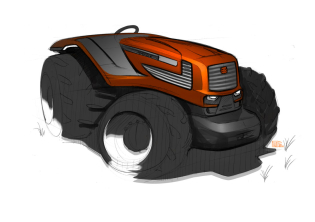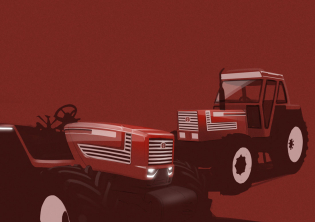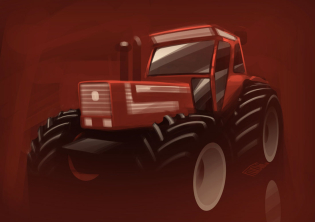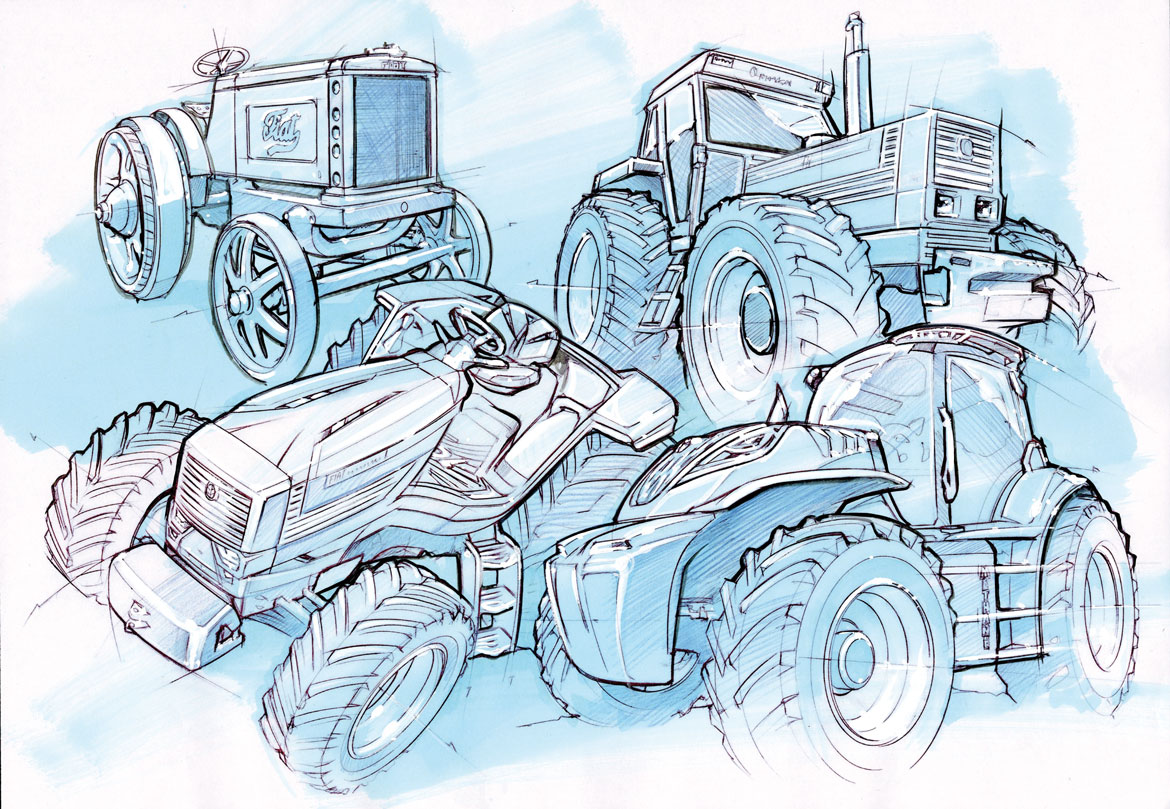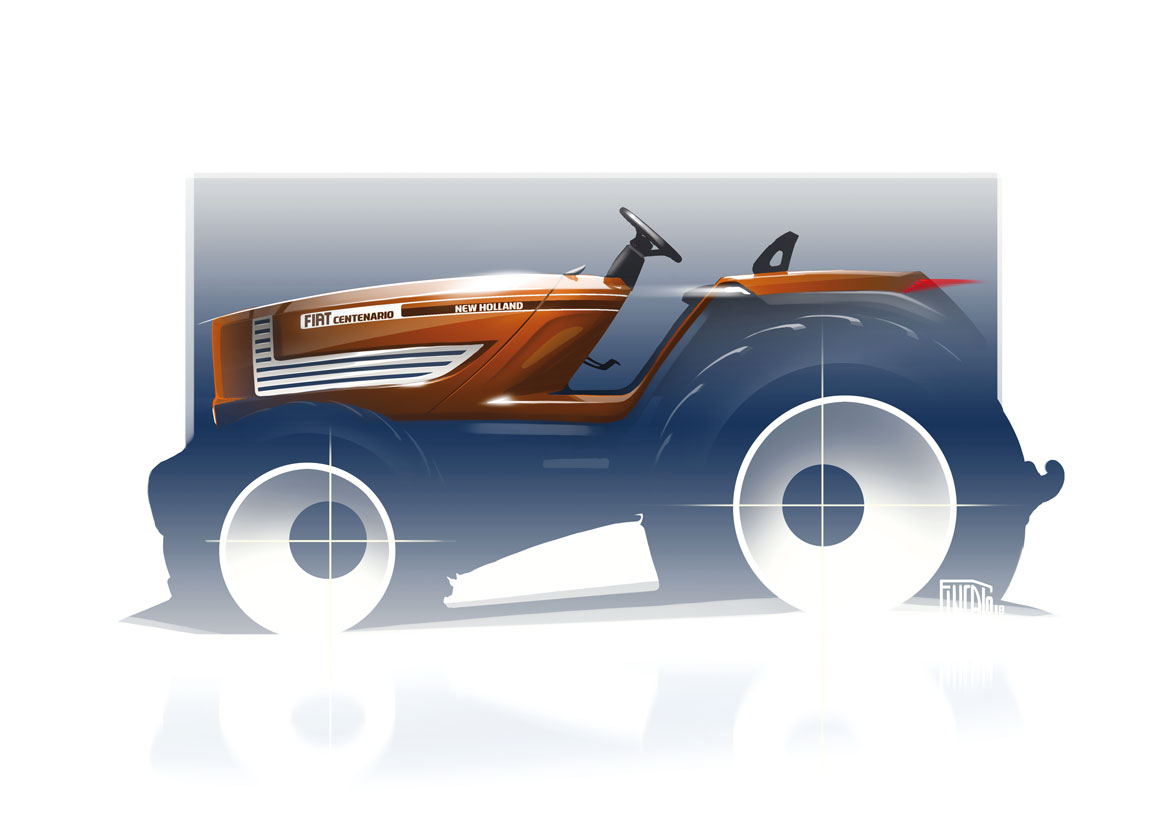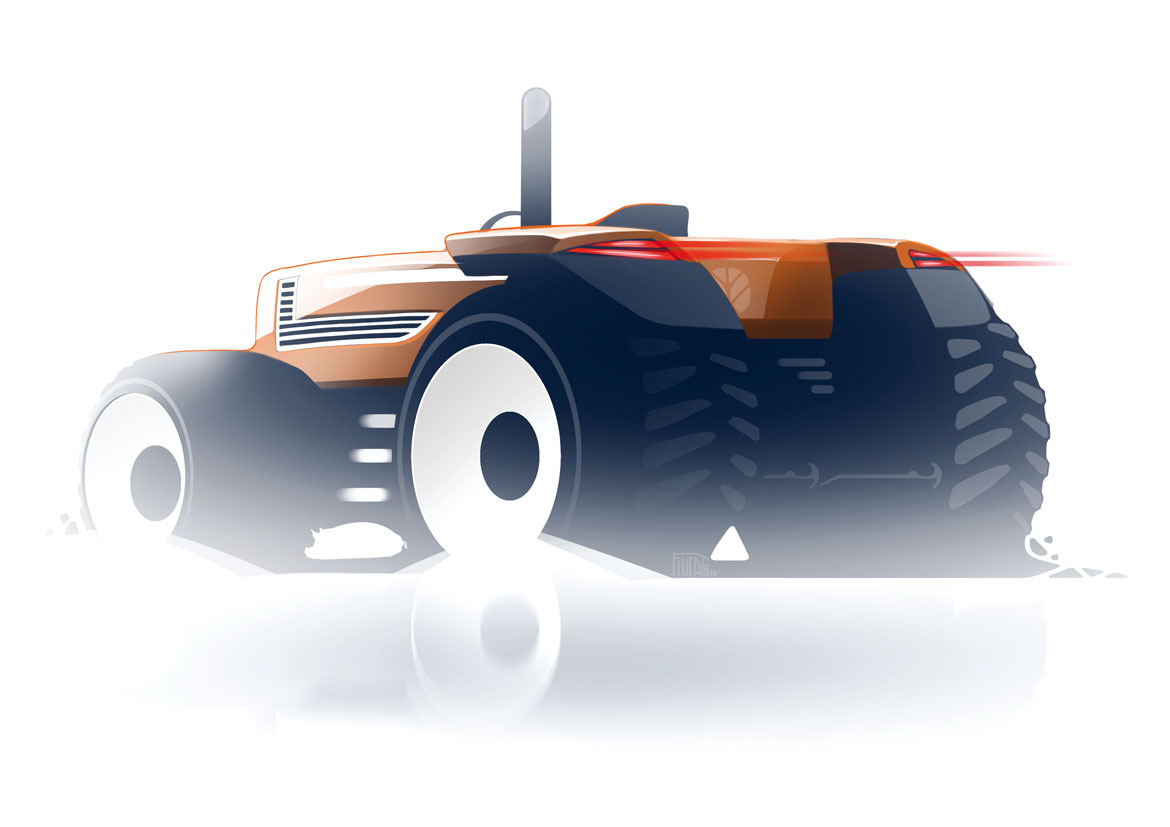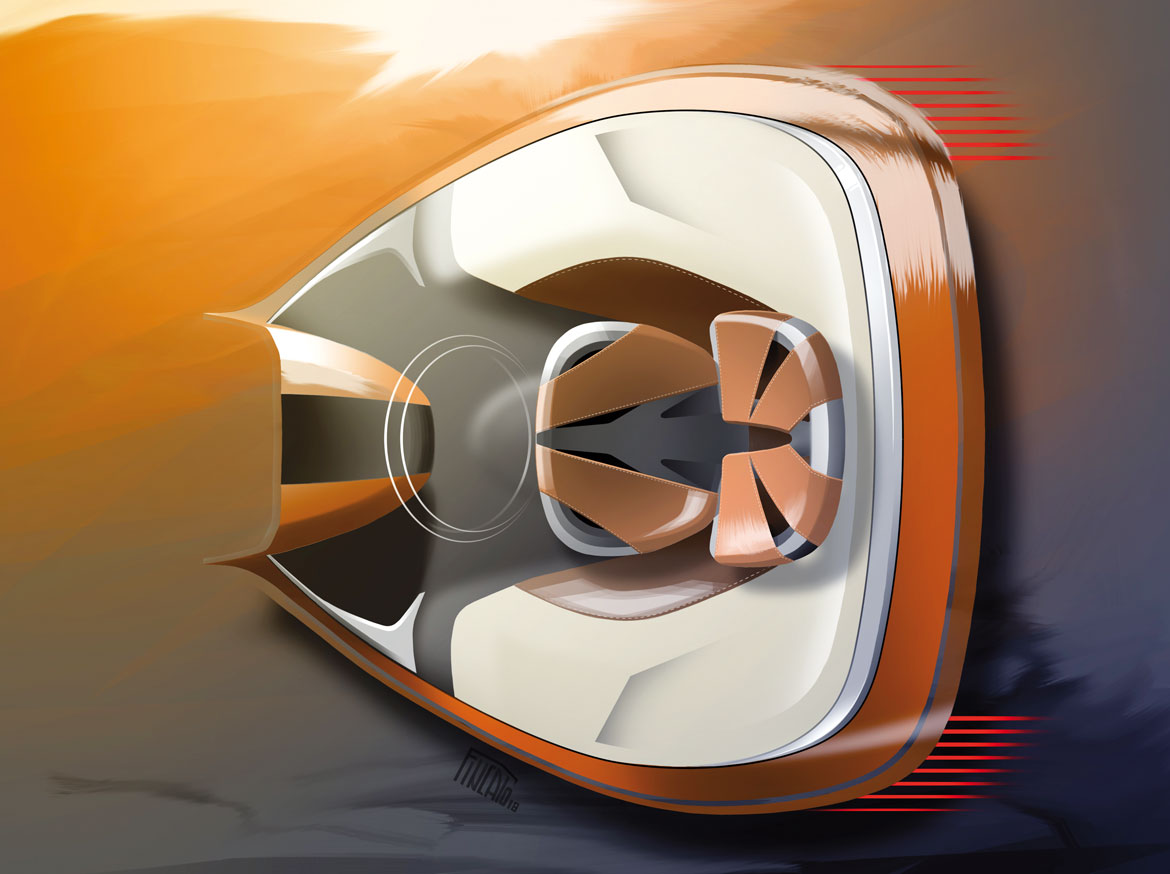Just one look at the orange bodywork of this New Holland Fiat Centenario takes you back in your mind to thirty years ago. It was exactly that terracotta colour that characterised the final period of production of FiatAgri, that ended with the merger with New Holland in 1991. But the history of Fiat tractors, which started in 1919, is much longer and today celebrates one hundred years. This is a prestigious occasion, celebrated with this original concept, inspired by the Series 90 tractor presented in 1984, the best selling model and the one with the strongest character, designed by the Fiat technical office with the cabin signed by Pininfarina.
The first to tell us about this project was David Wilkie, design director at CNH Industrial since march 2014: “This concept was seen as really important to celebrate a century of history for FiatAgri. That it has become reality is down to Guido Bianco (head of design at New Holland), who put in a lot of effort to bring it about, and to Stefano Fincato (senior designer at CNH Industrial), who took the project under his wing and followed it down to the minimum details, together with Isabella Burgio, head of Colour&Trim, and Clara Morbelli, who took care of the graphics.”
“We wanted a concept that would, first and foremost, be good looking,” explained Guido Bianco. “So, we re-interpreted the style of one of the most recognisable and significant tractors of all times. Stefano was the right person to do that. He knows the heritage of the make and has lots of enthusiasm: he has created a modern tractor that enhances at the same time the styling patrimony of the brand.”
Stefano Fincato himself intervened to go through the details: “For the Fiat Centenario, we worked above all on the search for those elements that are indispensable in indicating the link with the past. Apart from the colour, we identified the front casing and the white side air vents, which are very characteristic.” Wilkie took the floor again: “The work done on the Fiat Centenario bears analogies with, for example, what was done by Fiat with the 500.
At first glance, the concept might seem retro, but from close up it is innovative and modern. Look at the ribbing on the hood, or the integration of the front with the rear. This, in particular, was one of the most complex elements to complete: it is different from the standards, but attractive and highly functional.”
The choice of an open cabin was also dictated by two other necessities: giving a cleaner look to the design and showing off better the work done in the driving area. An attempt was made to simplify every element and get rid of the redundancy that is typical of modern tractors. Therefore, there are no push button panels or touchscreens. Just a joystick, steering wheel and three pedals. Overall, the design is minimal and strongly oriented towards the future, but the colours and the materials, on the other hand, highlight a strong link with tradition, emphasised, for example, by the inclusion of leather or aluminium.
“The fact that the tractor has been received with great enthusiasm is proof that we have worked well,” concluded Wilkie. “There are a lot of fans of Fiat tractors and in this concept they have noticed the clear tribute to the past. What is more, even faced by such a revolutionary ‘cockpit’, the general public has not voiced any criticism. This is also because they have not had to assess the functionality of certain styling choices, but have been able to grant themselves the freedom to focus on the beauty and cleanliness of the lines.”
(Full article in A&D no. 235)
